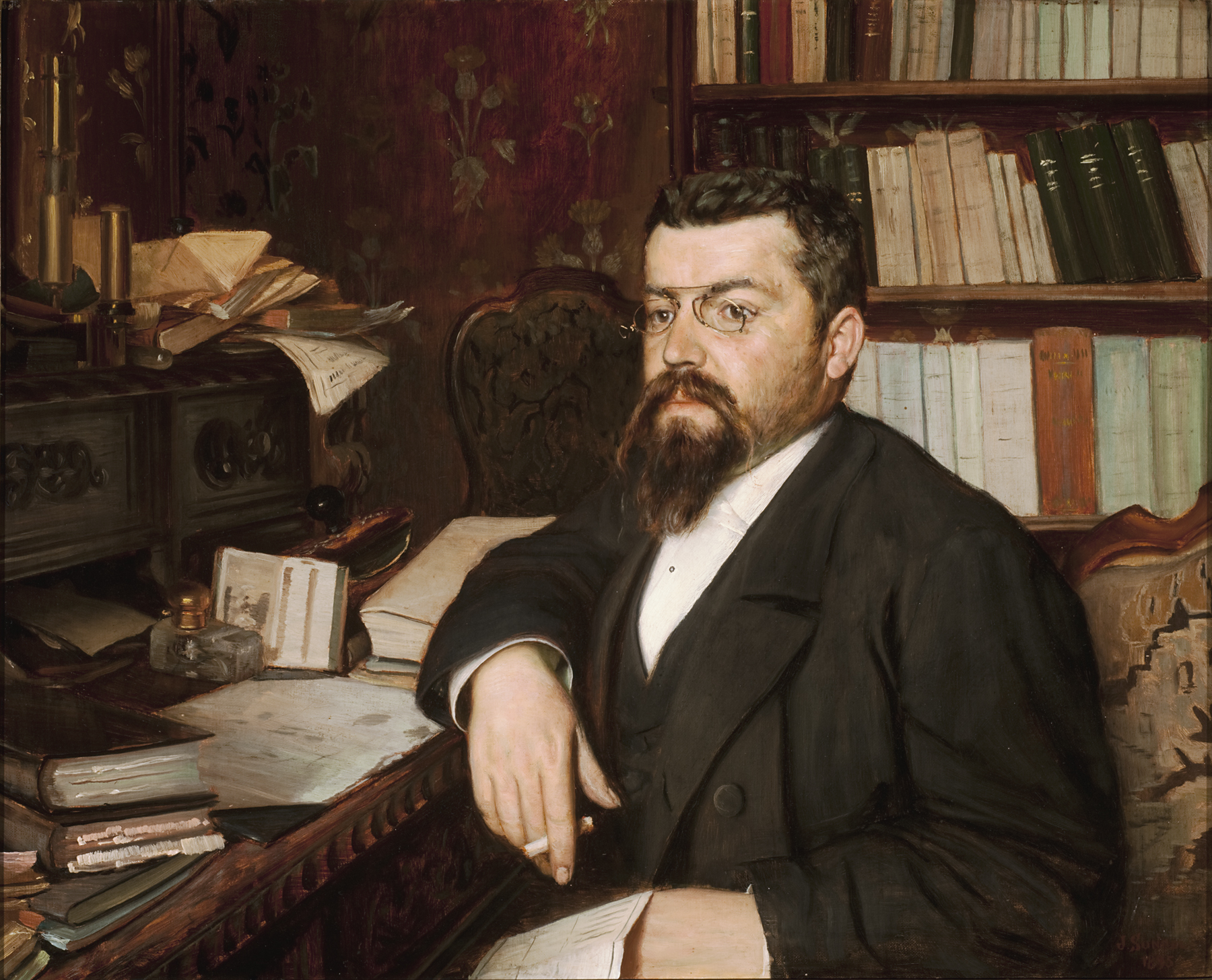Portrait of a Man at his Desk, Jacques Sonrel
Artwork Overview
Jacques Sonrel, artist
active 1895–1905
Portrait of a Man at his Desk,
1895
Where object was made: France
Material/technique: canvas; oil
Dimensions:
Canvas/Support (Height x Width x Depth): 59.7 x 72.7 cm
Canvas/Support (Height x Width x Depth): 23 1/2 x 28 5/8 in
Frame Dimensions (Height x Width x Depth): 31 x 36 x 3 1/8 in
Canvas/Support (Height x Width x Depth): 59.7 x 72.7 cm
Canvas/Support (Height x Width x Depth): 23 1/2 x 28 5/8 in
Frame Dimensions (Height x Width x Depth): 31 x 36 x 3 1/8 in
Credit line: Museum purchase: R. Charles and Mary Margaret Clevenger Fund
Accession number: 1992.0140
Not on display
If you wish to reproduce this image, please submit an image request


